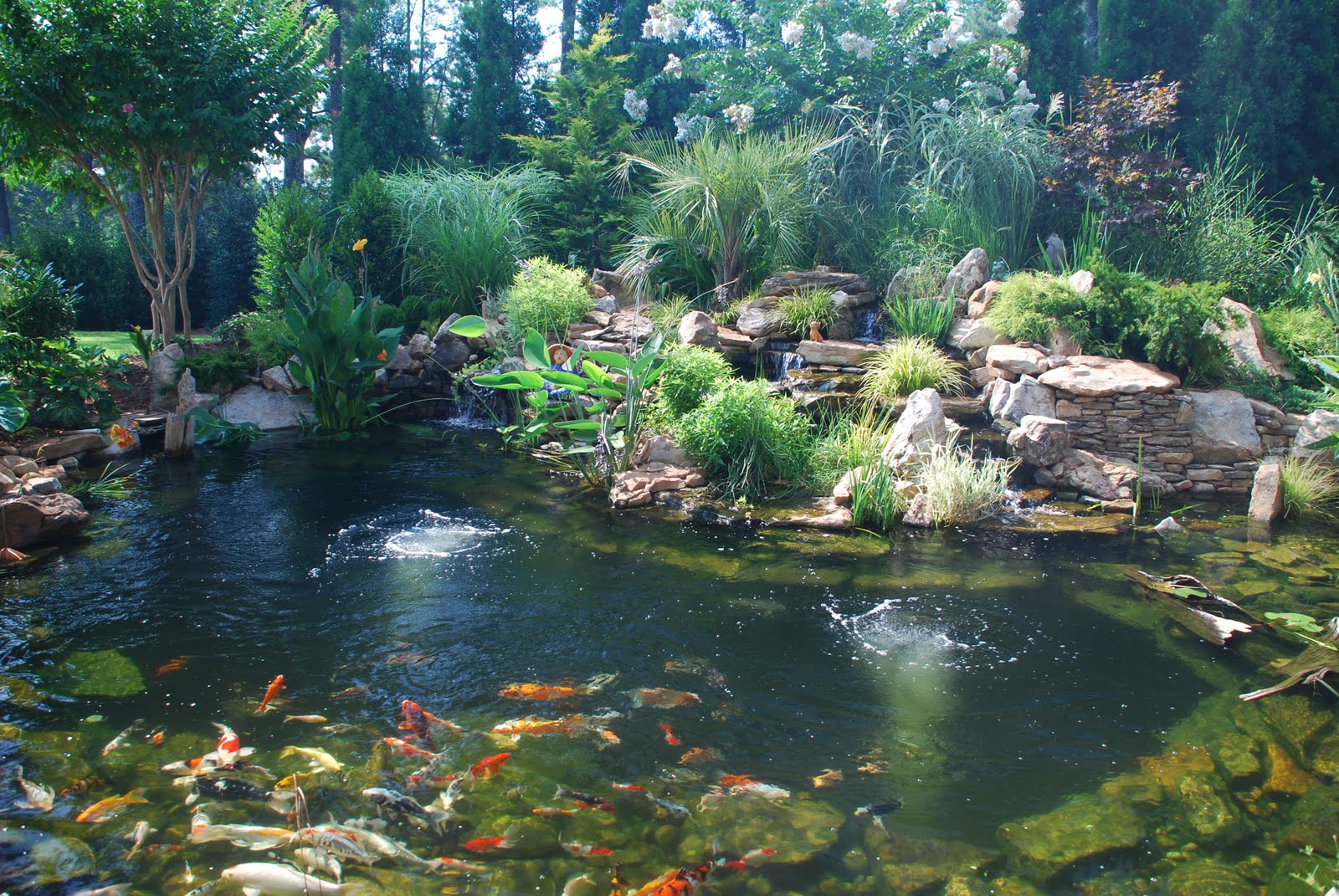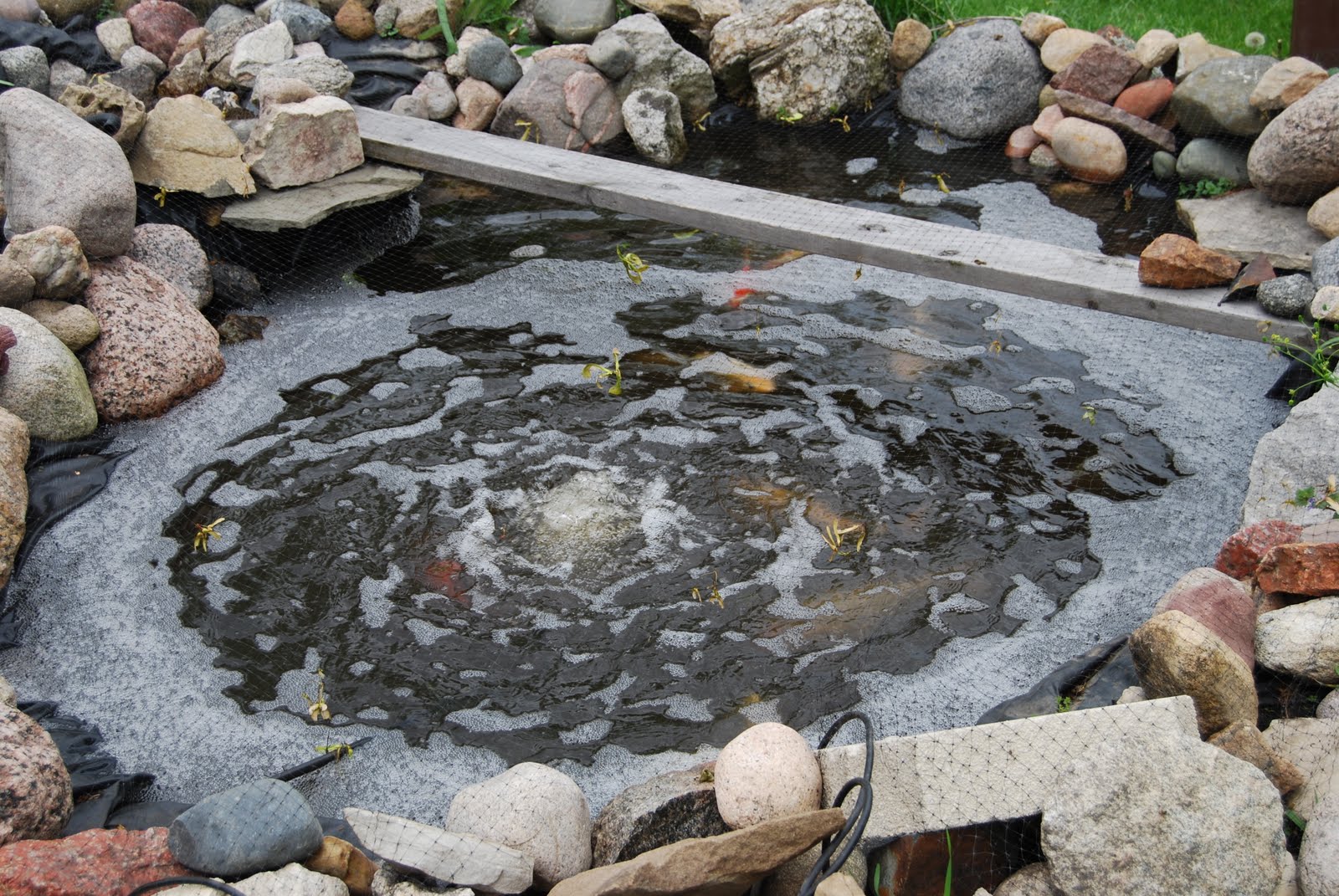
Maintenance Free Koi Pond: A Complete Guide to Creating a Blissful Water Oasis
Introduction
Koi ponds are an ideal way to incorporate nature into your outdoor living space. When well-constructed and properly maintained, a koi pond can provide a serene backdrop for your garden while also showcasing the beauty and majesty of koi fish. But creating a koi pond comes with a lot of responsibilities. A certain level of maintenance is required to ensure that the pond doesn’t turn into a stagnant breeding ground for algae and disease. However, a maintenance free koi pond is now possible, providing a stress-free way of owning a koi pond that can be enjoyed all year long.
What is a Maintenance Free Koi Pond?
A maintenance free koi pond, also known as a natural or ecosystem pond, is a self-sustainable pond that mimics a natural aquatic ecosystem. These ponds require less maintenance than traditional koi ponds because they rely on a balance of plants and microorganisms to keep the pond clean, rather than chemicals and synthetic filters. As a result, these ponds not only look more natural but also require less maintenance than traditional ponds, allowing you to relax and enjoy your pond without the worry of constant upkeep.
Creating a Maintenance Free Koi Pond
Creating a maintenance free koi pond requires a different approach than creating a traditional pond. Here are some important steps to keep in mind:
Location and Size
The first step is to select the location and size of your pond. Choose an area that receives partial shade to help prevent algae growth. Avoid placing the pond near trees, as falling leaves will add more maintenance to your pond. As for the size of the pond, bigger is always better for koi fish. Ideally, your pond should be at least 1000 gallons or larger.
Construction
A natural koi pond has a different construction than a traditional pond. It is recommended to create a sloped and layered pond with varying depths. This provides multiple zones for different plant growth and filtration processes. The pond should also be constructed with a bottom drain to help remove debris and waste from the pond.
Plants and Fish
Next, it’s time to add plants and fish to your pond. A natural koi pond relies heavily on plants to help filter the water. Floating plants, such as water hyacinth and water lettuce, provide shade while also absorbing excess nutrients and algae from the water. Submerged plants, like hornwort and anacharis, oxygenate the water and provide hiding spots for koi fish.
In addition to plants, fish are a vital part of a natural pond ecosystem. Koi fish eat algae and insects, helping to further reduce the pond’s maintenance. However, be sure to avoid overstocking your pond, as this can lead to too much fish waste and excess nutrients in the water.
Maintenance Tips
While maintenance is less intensive for a natural koi pond, some level of upkeep is still required to keep your pond operating at a healthy level. Here are a few tips:
Seasonal Clean-Up
Performing a seasonal clean-up is an essential part of maintaining your pond. In the spring, remove any debris or dead plant matter that has accumulated during the winter months. In the fall, remove any fallen leaves or debris that may have accumulated since the spring clean-up.

Water Changes
Regular partial water changes are also essential for keeping a natural koi pond healthy. A 10-20% water change every month will help minimize the build-up of toxins and excess nutrients in the water.
Plant Maintenance
Regular plant maintenance is required to keep the pond clean. Remove any dying or dead plant material to prevent it from decomposing and becoming debris in the pond.

Conclusion
In conclusion, a maintenance-free koi pond is an achievable goal with the right knowledge and approach. By following the steps outlined above, you can create a beautiful and sustainable pond that requires minimal effort to maintain, providing endless hours of relaxation and enjoyment in your own backyard. But remember, nature is unpredictable so keep an eye on your pond to ensure everything is well-maintained and functioning smoothly.